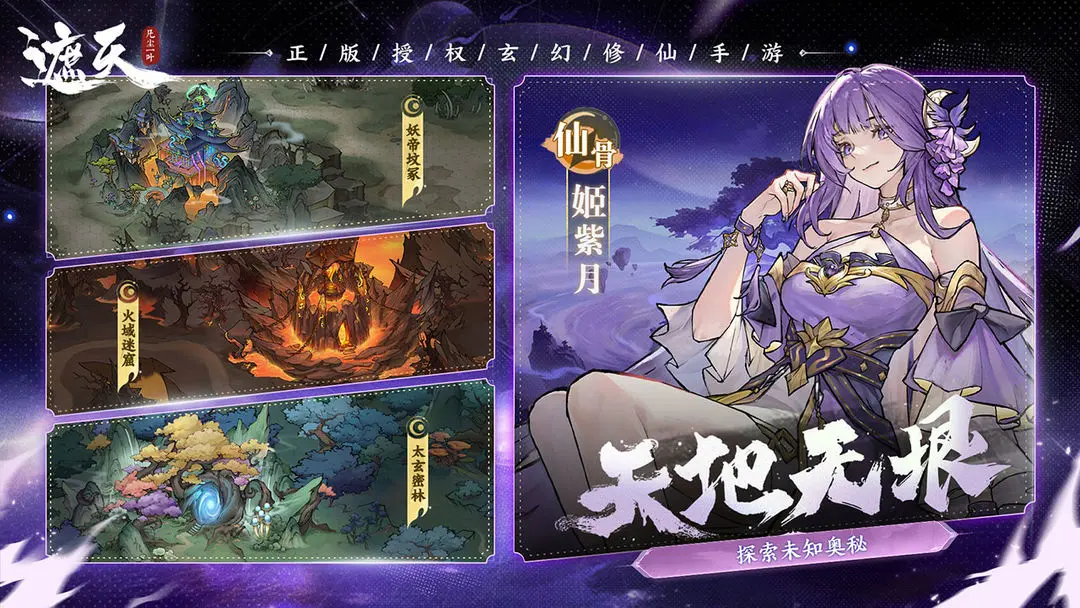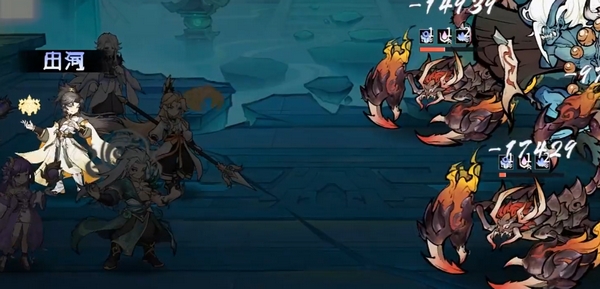Ganning, this card that players can relatively easily obtain in the early stages of the Codename Slay game, has obviously attracted quite a few players. However, this card has also caused some controversy. In terms of skill effects, some players may feel that the effect is already good, but there are also some players who think its setup is rather thin, after all, compared to similar cards in the Three Kingdoms Kill, Ganning here has quite a significant change in skills.
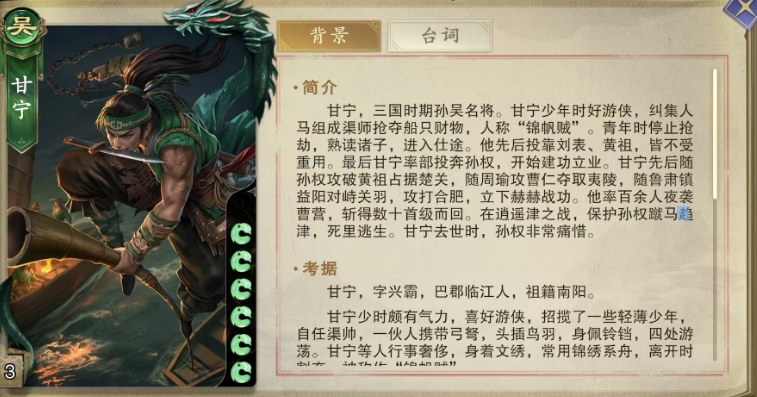
Ganning, with his initial six health points and a rare special identity in the Wu faction, has become a must-play card for many players. This is mainly because, in the early stages, this card can be obtained by completing tasks without having to purchase it. Speaking of abilities, first, look at his Hundred Night Raid skill. This skill allows Ganning to discard one hand card from another player, or even a card from the divination area, whenever a character obtains a water-attribute card. Even the troublesome effect of the Forgetful of Shu card can thus be cleverly removed.
Moreover, the mechanism here is such that even if Ganning gains multiple water-attribute cards at once, the Hundred Night Raid skill will only trigger once. This not only tests the player's subsequent skill card combinations but also makes Ganning's role in the game more flexible and versatile. With the Hundred Night Raid skill, he can achieve an attribute conversion effect. Of course, in terms of current attributes, he still leans more towards being a water-attribute card. When drawing cards, you can have a preference, and if you can interfere with the attributes, go for water-attribute cards. If you cannot draw water-attribute cards, then you can check out the second skill below.
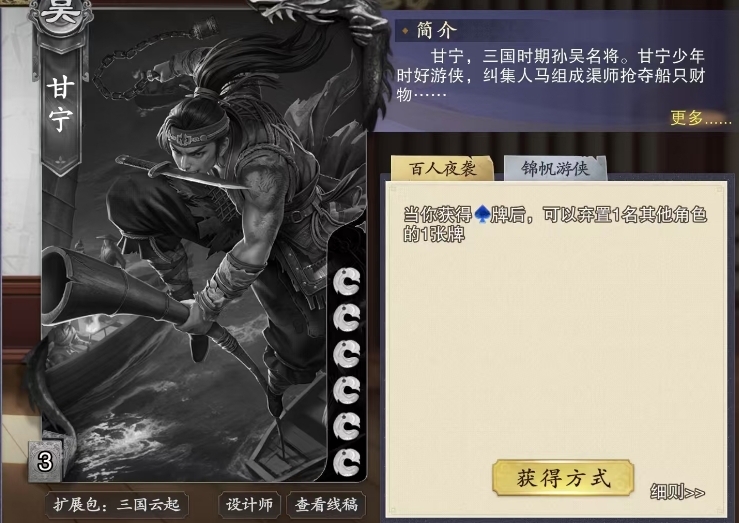
Jinfan Ranger is Ganning's second skill, which has one skill usage opportunity per turn. His Jinfan Ranger skill allows him to instantly convert all the cards in his hand into water-attribute and cleverly shuffle them back into the deck, then draw an equal number of cards. This process can also prepare for the above-mentioned skill, as what is needed is the water-attribute skill. If you usually have bad luck, this skill can directly convert the attributes without waiting for the next draw phase.
However, once these cards' attributes are changed to water, they will remain so until the end of the game. Therefore, other combinations need to be decisively abandoned. It is particularly worth mentioning that in the game, fire-attribute kill cards, before being converted, are fierce weapons capable of causing scorching flame damage. But when these fiery kill cards fall into the hands of the Jinfan Ranger and are converted to water-attribute, they lose their original flame power. So, here, you need to choose based on the cards you already have in your hand.
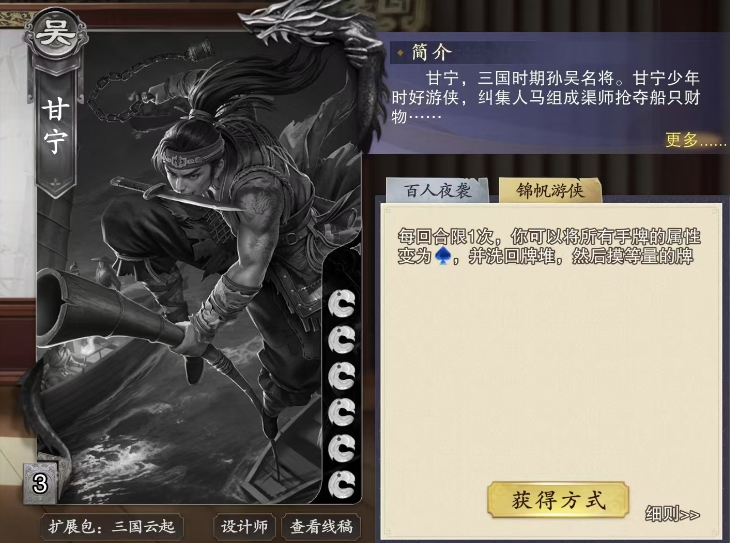
For those non-fire-attribute kill cards with a value of 4, they were originally able to trigger shocking lightning damage as thunder kills. But when using the Jinfan Ranger skill to convert these cards to water-attribute, you will find that these cards, which were previously unrelated to lightning, can now cause lightning damage. This is also a type of card element combination effect that you can utilize. Of course, you need to be cautious when shuffling the cards back into the deck, as these shuffled cards may be drawn again in the next draw phase, making it more challenging to use the cards in your hand.
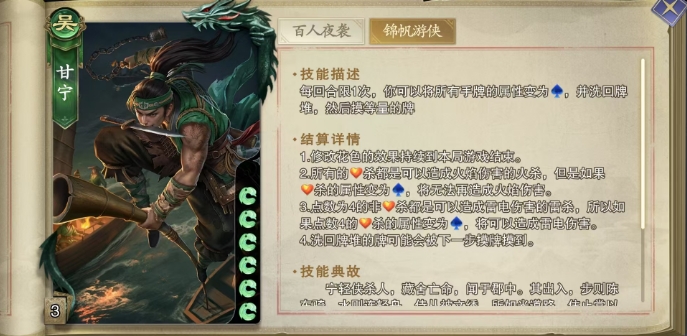
This concludes the introduction to how Ganning performs in Codename Slay. This card definitely has strength, but it also comes with a certain level of difficulty. Players who play well can use this card to bring new opportunities to their opponents or themselves. Of course, if you do not have much experience with such attribute conversions, you should be cautious when using the skills.
